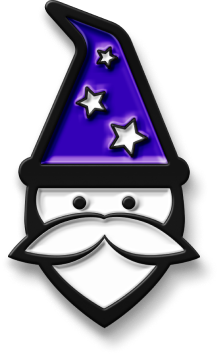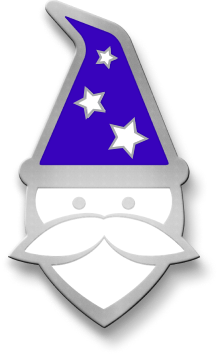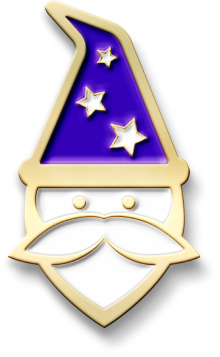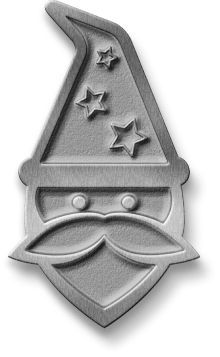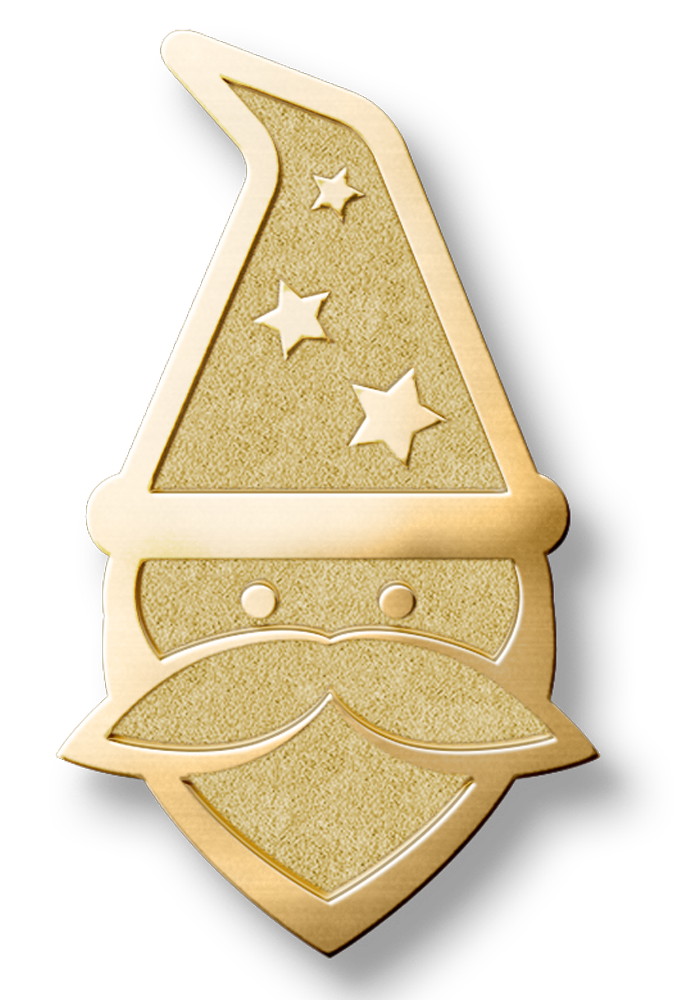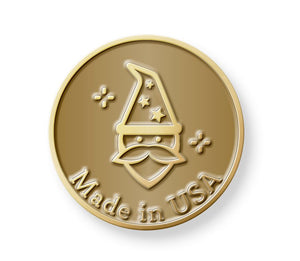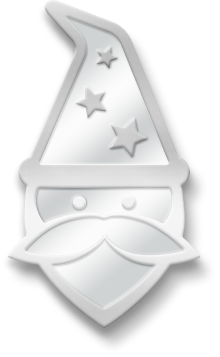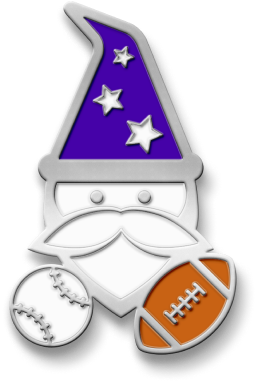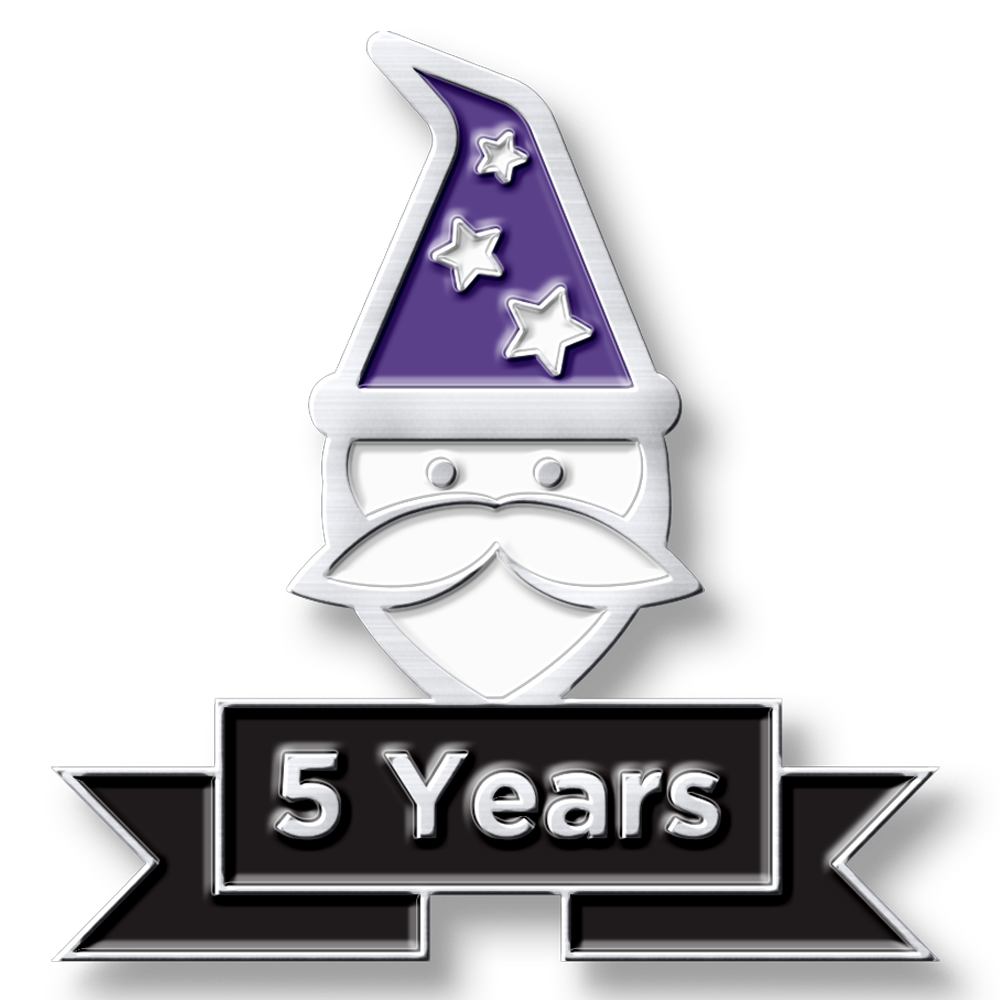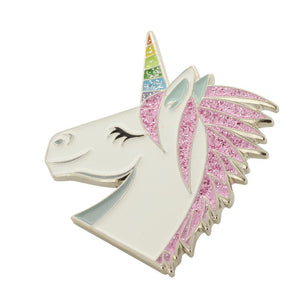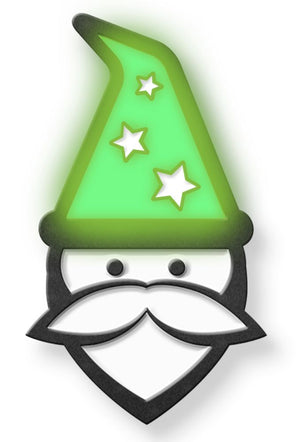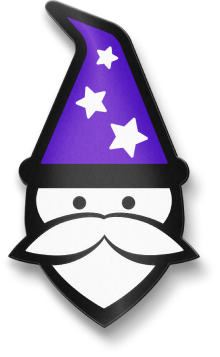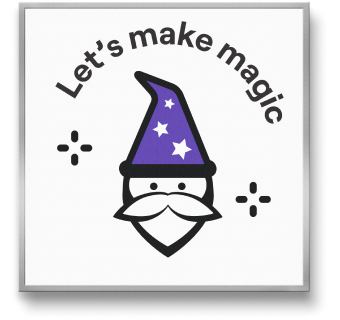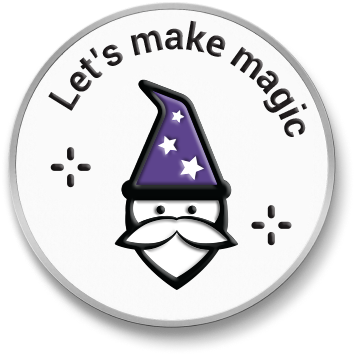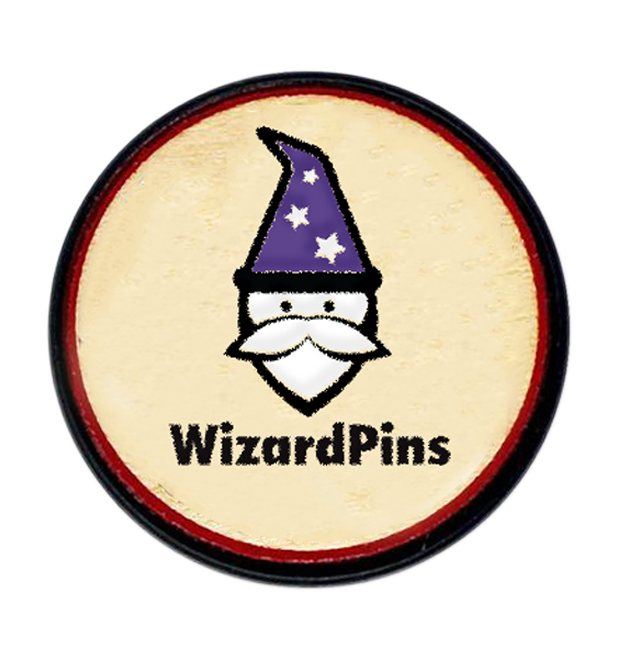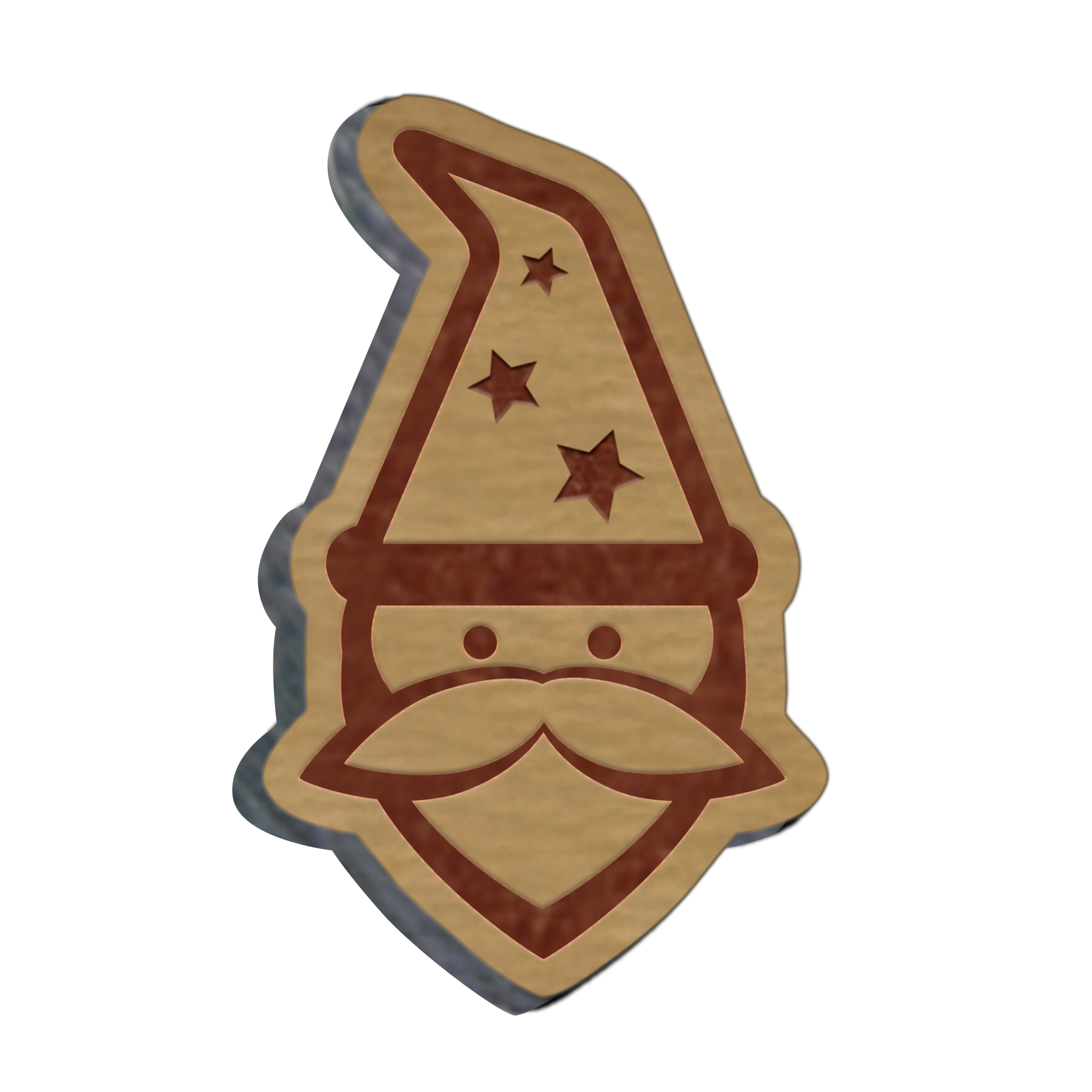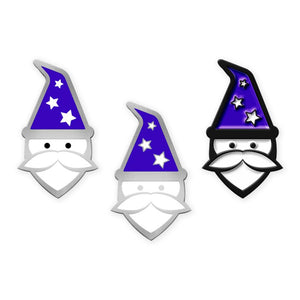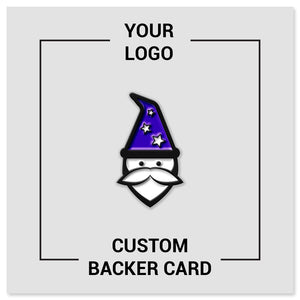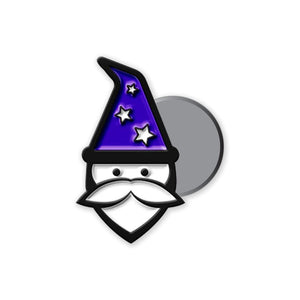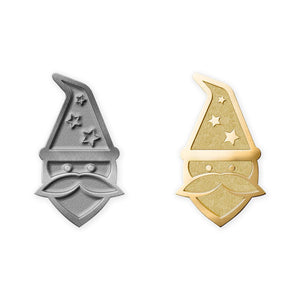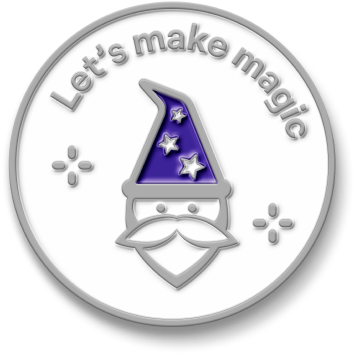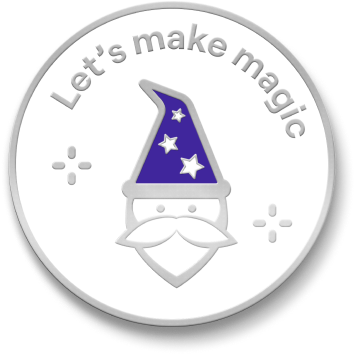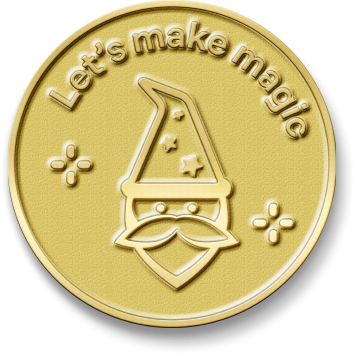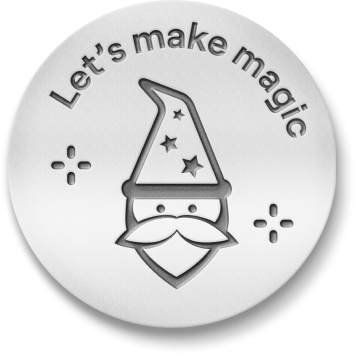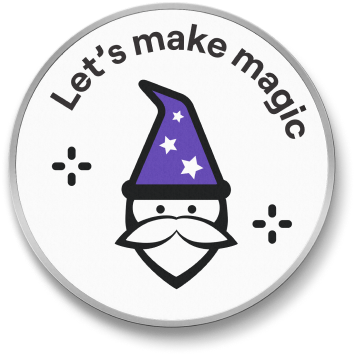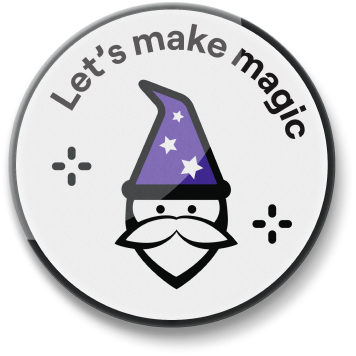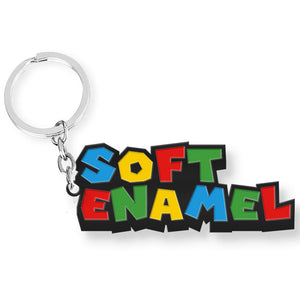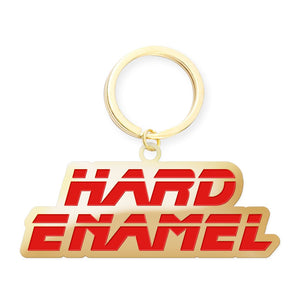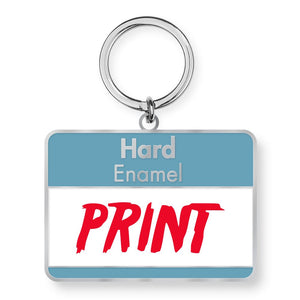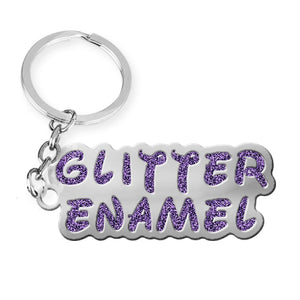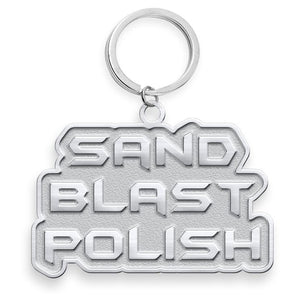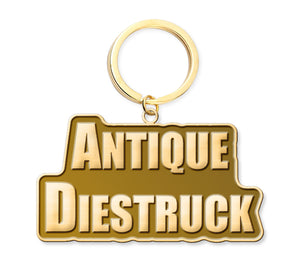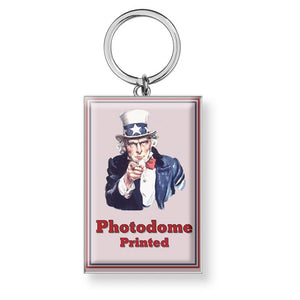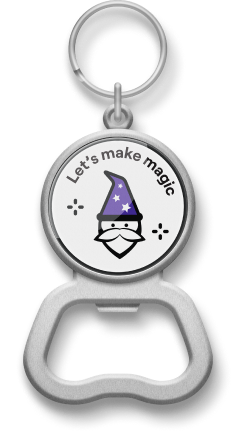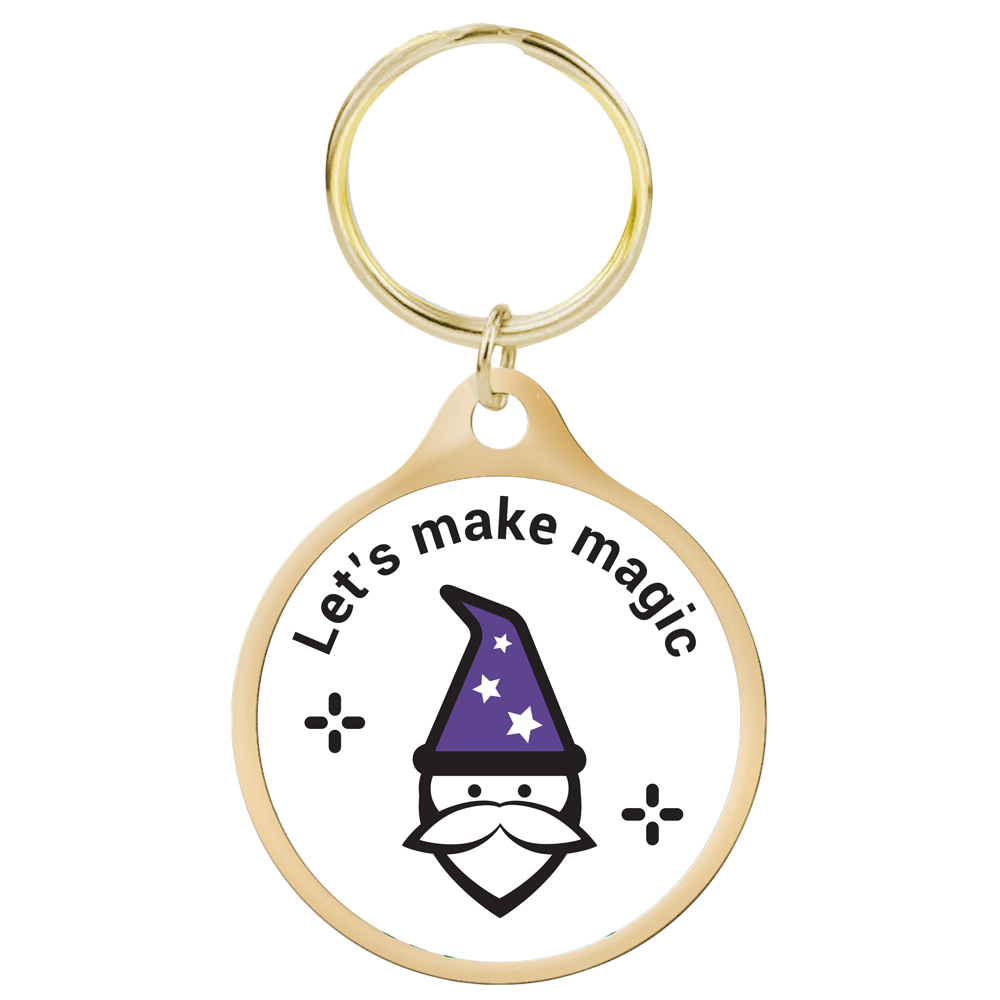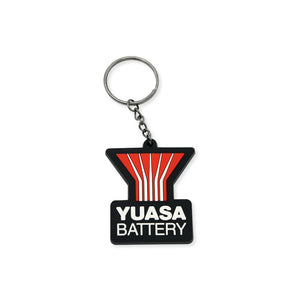It makes sense. We were stuck at home with good internet access, time on our hands, and a lot less confidence in the security of our main 9-to-5.
Some of those savvy entrepreneurs chose to make a business out of selling enamel pins. That makes sense, too. Pins are easy and inexpensive to produce, and you can match your pins to any passion. Love riding motorcycles? Make and sell motorcycle enamel pins.
Whether you’re thinking about producing your first pin or have already been at it a while, we have seven reasons you should consider making enamel pins your next side hustle.
1. Pins are in vogue
It’s tough to get people interested in a product they’ve never heard of. Pins aren’t like that. They’re already embedded in the cultural mainstream.You can see the proof of that popularity on Google. We looked on Ahrefs—fancy software that tracks Google activity— and found that, on average, 27,000 people search the term “enamel pin” every month. That’s not including all the searches for lapel pins, Disney pins, and skeleton pins (yep, every month, 10 people search Google for skeleton pins).
That’s a huge population of folks out there searching for your next incredible pin.
The marketplace for people to find pins is healthy, too. A quick search on Etsy shows 247,571 enamel pin results. At first, that feels like lots of competition. It’s really just an indication that there’s enough business to support lots of pin producers.
Even when they’re not buying them, people are talking about pins ... a lot. There are 1,179,660 #enamelpins posts on Instagram. (Well, probably a lot more by now). You can’t beat that kind of grassroots marketing.
Speaking of free marketing, the press does a lot to push the popularity of pins, too. You can find pins featured in Lifehack, Newswire, Money Inc, UpRoxx, Vice, NY Times, Elle, W magazine, and Vogue. Yep, pins are literally in Vogue.
2. Pins are timeless
Pins have been around for decades (centuries?). You don’t have to worry about losing your shirt by buying into a fad that fades three months after your baby business launches.
To find the first enamel pins, you’d have to go all the way back to 13th-century China and the Yuan Dynasty. At the turn of the 19th century, companies started using pins to promote products like Pepsin Gum and Coca-Cola.

This Coca-cola pin from 1912 is a collector’s item now.
Pins really blew up in the sports world during the 1930s and ’40s. Both the Olympics and the sport of curling have their own flourishing pin-trading economies.

Olympic pins, like this pre-1950s decathlon pin, sell for hundreds of dollars on eBay.
The artistic minds of1960s counterculture continued the creative pin tradition. Then, in 1999, Disney gave the #pingame a huge boost when it introduced pin trading during their Millennium celebration.

Disney artists help boost the profile of pin collecting and trading by creating incredible designs, like this ghost horse and buggy pin.
Now, go find another fashion accessory you can create in your spare time that has 700+ years of staying power. We’ll wait.
3. Pins are recession-proof
One of the best reasons to make enamel pins as a side hustle is to provide an additional income stream during a bad economy. If you look at what people purchase during a recession, you’ll see that a pin business can help provide that stream.People don’t stop buying during a recession. They just buy less-expensive things (e.g., used versus new cars). The last big recession ran from 2007 to 2009. During that time, Starbucks closed 600 stores, but Dollar Tree stock rose 60%. Businesses that offered inexpensive alternatives were able to weather the turbulent economic storm.
Even in a luxury category like jewelry, you see the sales of higher-priced pieces drop more sharply, unlike less-expensive items.
Enamel pins are a low-cost option compared to expensive jewelry and accessories. The average price of a pin is $5 to $15, so it’s a great alternative for people looking to express themselves on a budget—and a perfect way to keep your enterprise profitable in any economic situation.
4. Pin designs fit every passion
The only real limit to making enamel pins is your imagination. No matter what niche your new or existing business fits into, you can design a pin for it.Passion is key to business success, and the versatility of pin designs means you can match your hustle to your passion.
Christine Parker regularly posts about knitting on Instagram. She weaves her love of all thing’s needle-and-thread into hilarious and creative pin designs, which she then sells.
The endless design options available for pins also mean you can use them to help support an existing business.
Freehand Profit creates gas-mask sculptures out of deconstructed athletic shoes. His pieces can sell for north of $10,000 each. He then recreates his masterpieces in pin form.
Selling pins is a way for the artist to create a consistent income stream while he works on his next sculpture.
5. Pins are profitable
You can earn a good margin selling each enamel pin you make. Not only do pins have a healthy markup over the cost of goods, but the expenses in running a pin business are low.The bulk cost of a soft enamel pin is about $2.50 per piece, depending on size and quantity. The average retail sales price is between $8 and $12 each. That’s a gross profit of 300% to 400%. Compare that to T-shirts, which have a typical markup of 40% to 60%.
On top of the actual cost of a pin, you’ll need to market them and get them shipped. If you do it right, both of those costs will be really low (or even free!). For example, work with WizardPins to make your pins and we’ll cover domestic shipping.
As for marketing your business, we have a hack for that too. We’ve found that for the cost of a few pins, you can use Instagram giveaways to get lots of new followers and push a lot of pins.
6. Pins are an easy product to manage
Ever hear horror stories of people starting at-home businesses, only to be stuck with a garage filled with bulky products or rotting perishables they couldn’t sell fast enough? You won’t get that if you make enamel pins your business.First off, pins are small. You can fit hundreds of them on a shelf in your house. You won’t need to give up parking space in your garage or pay for off-site warehousing. Plus, pins have an indefinite shelf life— no spoilage or wasted product to worry about.
You can even get help packaging them for resale. If you order your backer card and pin from us, we’ll put them together for you. That’ll save hours when it’s time for you to send pins out to your new customers.
7. Pins are low-risk
There’s little up-front capital needed to start an enamel pin hustle, and almost nothing to lose besides the time you put into it.You can easily run your pin business online and from home. You don’t need expensive real estate for a storefront. The only infrastructure you need is an internet connection and a way to print shipping labels.
One up-front cost you can’t avoid is inventory. Since the minimum order for bulk pricing from WizardPins is 50 pieces, you won’t need thousands of dollars to get started. And if you want, you can even run a Kickstarter campaign to get your pinterprise off the ground.
